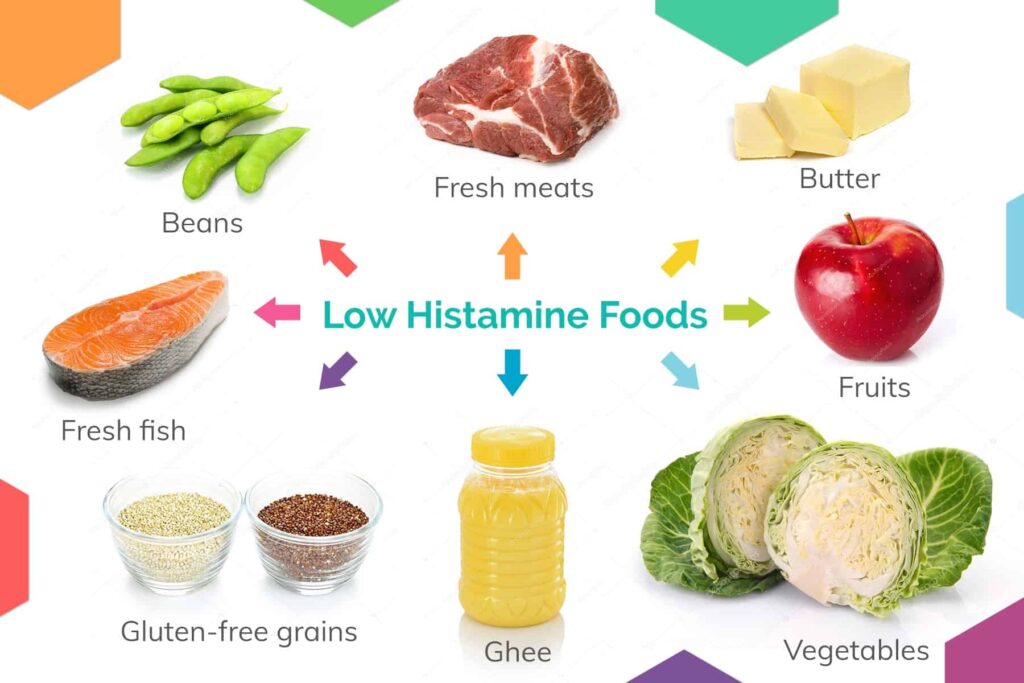Education
05/29/2025
Lyme and Co-infection Testing: An Every Person’s Guide
The ever-present question those with tick-borne illness get asked by healthy friends, family, and acquaintances is: “Why is it so hard to treat?” The answer is layered, but one aspect of that answer lies within the very early stages of the disease: getting tested.



